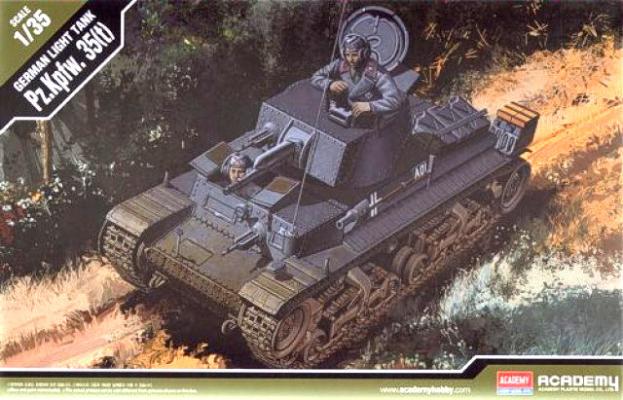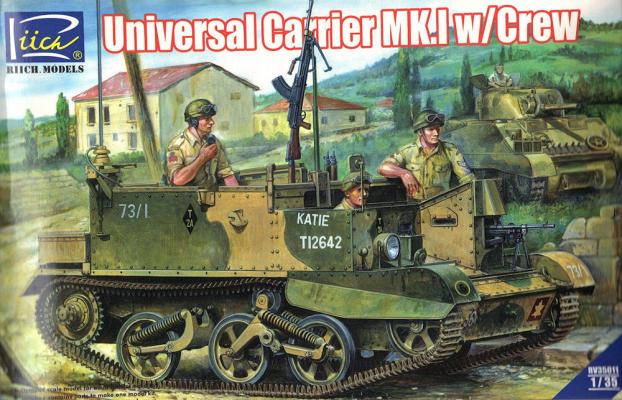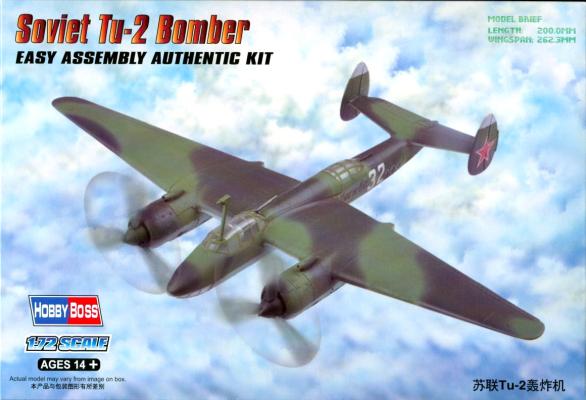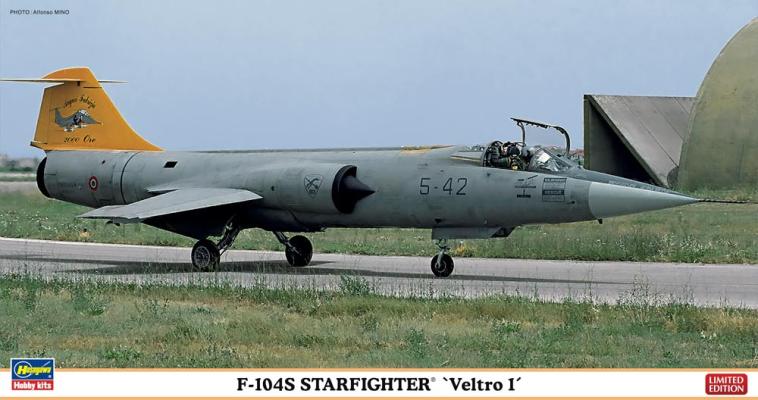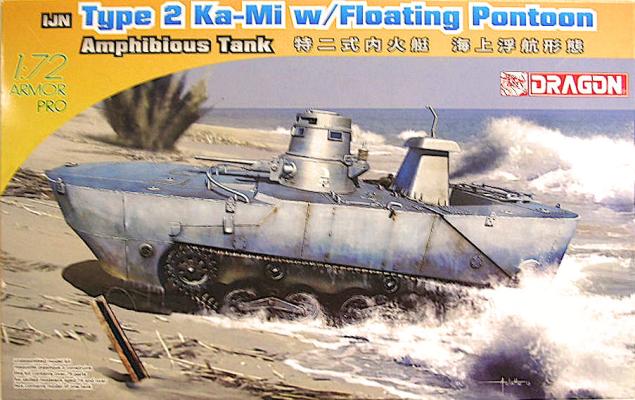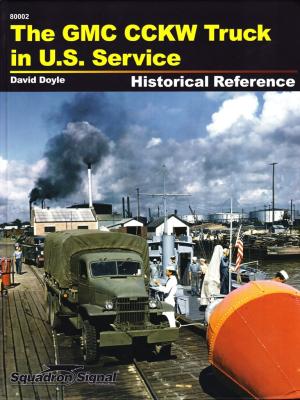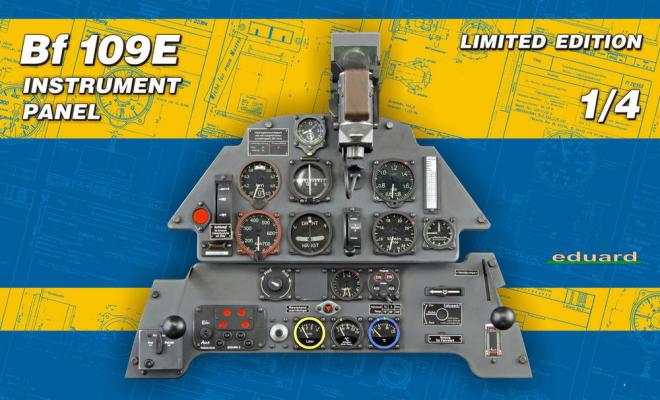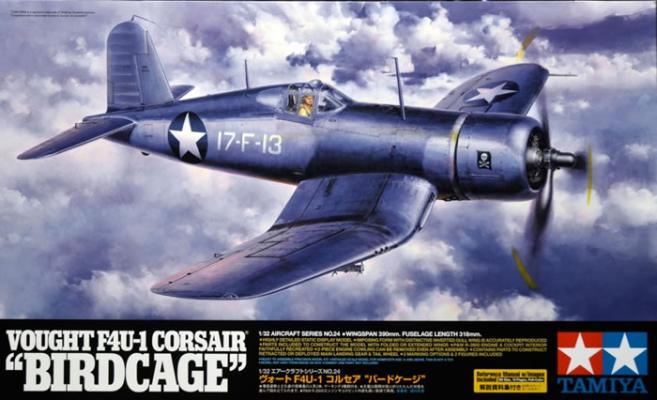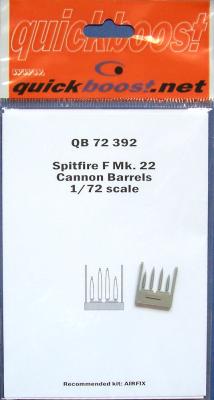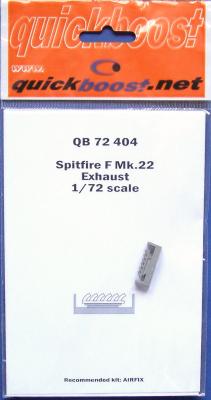In the mid 1930’s, the nation of Czechoslovakia had one of the most sophisticated military arms manufacturing industries in Europe. Upon the German annexation of the Czech territories known as the Sudetenland in 1938, and the occupation of the entire country in 1939, the Czech armament factories fell into the hands of German forces. Two main tanks originated from these factories, known as the Panzer 35(t) and Panzer 38(t) to the Germans (“t” is short for the German word for Czechoslovakia, “Tschechoslowakei”). The Panzer 38(t) chassis soldiered on throughout World War Two as the basis for a number of tank destroyers and self propelled flak guns, while the Panzer 35(t) had a shorter career.
August 2013
I will start this review with a simple statement: this is one of the most complex, highly detailed, and simply wonderful models I have ever had the pleasure to encounter. It has 13 sprues of plastic parts with exquisitely fine details. Additionally, there are three frets of photo etch brass parts, 32 metal springs, 8 tiny metal shafts, and a length of metal chain. The small set of decals covers 4 different vehicles from three different nations’ armed forces. And, despite all this complexity, the kit assembles, with a few notable exceptions, extremely well. So read on!
History
The Tupolev Tu-2 has a rather interesting origin, being designed by a team of engineers who had run afoul of Stalin’s paranoia. They had been placed in a political prison as “enemies of the state,” and the design work for this aircraft began while the designers were incarcerated. The airplane was designed as a high speed bomber, capable of both level and diving attacks. Originally powered by liquid cooled AM-37 engines, these were later required for the Ilyushin Il-2 Sturmovik program, so Shvetsov Ash-82 radials of 1,850 hp. were used, giving the plane a maximum speed of well over 300 mph. A crew of four was carried, including a pilot, navigator gunner, and two additional gunners. The first flight of the aircraft was in January, 1941, and the type entered service in 1942. Many variants of the Tu-2 appeared, and total numbers exceeded 3,000 before production ended in 1950.
The maiden flight of the F-104 was in 1954, and its final variant was the S (first flown in 1966) model, which was a licensed-production Italian version of the 104. The Italian Air Force and Turkish Air force flew the S model, with the Italians using them until 2004! (Pretty good service, I’d say.)
The Kit
Upon opening the box, you will find 16 (some have just one part on them) light grey and 1 clear sprues of injected molded plastic, a nice decal sheet with markings for one aircraft (a 104S from the 5th Stormo, 23 Gruppo, in memorial paint scheme), and an 8-page instruction sheet. The plastic is cleanly molded with nice detail and is flash free, but there are a few pin marks throughout the parts.
This one falls in the "that's an odd duck" category. This was a Japanese attempt – and a successful one, at that – to create a truly amphibious tank. The IJN developed the Type 2 Ka-Mi tank for invading Pacific islands that did not have adequate port facilities to handle regular tanks. The tank had removable pontoons fore and aft for flotation and to avoid shipping any water; they added a trunk for the air intake and a tower over the commander's turret hatch. It could do around 10 km/hr in the water, being driven by two propellers at the rear, and had a range of 150 km. These were probably test results in a bay or on a lake. I could find no information on its performance on the open seas, so I'd take that range and speed with a grain of salt. The vehicle was never used operationally in its amphibious mode, serving mostly as a dug-in pillbox on various Pacific islands.
This is the second book to be released by Squadron Signal Publications under the "Historical Reference" series. As explained in the front of the book, this series is written by using in-depth research of primary documents, giving a very detailed look at the subject matter. It appears that there may other books in the works covering aircraft and vessels. As I have said before, in my opinion this book is like a Walk Around or In Action series book on steroids.
The book starts with the origins of the CCKW. This began in 1928 when the U.S. Army Quartermaster Corps started developing its standard fleet. What came from this were two 2-1/2 ton 6x6 vehicles. One of the interesting names involved in its development is a major player – John D. Hertz. Yes, of the rental car company, but he first owned Yellow Cab, and then Yellow Coach Manufacturing Company, which ended up merging with GM. They were instrumental in the development of the CCKW.
The Bf-109E instrument panel is the second instrument panel released by Eduard, the first being the Bf-110 panel. The kit consists of eighty five plastic parts on two grey-colored sprues, one clear sprue, two photo etch frets (one colored), and one decal sheet.
The construction sequence starts off with the Revi C/12D gunsight. Let me tell you, this is a kit in itself. The build is pretty straightforward. You just have to pay attention to the instructions. I put one PE piece on upside down and had to remove it and reattach it.
After the last segment, the kit was ready for paint. There are three marking options included in the kit. I chose a tri-color screen from VF-17 aboard the USS Bunker Hill in 1943. To start painting, I wanted the bottom white to be hard and take some weathering. For this, I used decanted Tamiya lacquer from a spray can. This is just one of the many tricks I learned from Ed Kinney. I masked off the exhausts with Silly Putty and used a little red brown (just a couple drops) to tint the white away from pure white. This was sprayed in three coats and left to dry. The lacquer dried very quickly and very hard. At this time, the landing gear and the gear doors, the main flaps, and a bunch of miscellaneous parts were sprayed.
One of the criticisms I've read about the 1/72 scale Airfix Spitfire Mk.22 is the cannons are not quite the right shape or length. Apart from this deficiency, the Airfix Spitfire is an excellent kit and a great value for your money.
If you want to improve this model's looks and accuracy, however, Quickboost has a remedy. Their replacement resin cannons are drop-ins for the original kit pieces. Based on photos I saw, they capture the shape and size of the real thing. The kit's outboard cannons are too short, both barrels seem too bulbous, and both have an out of scale extension on the tip. Also, the resin replacements have no seam lines to eliminate – a definite plus, since the kit parts have large sprue gates. Smoothing out these sprue attachment points presents the possibility of deforming the circular barrels. Overall, the Quickboost cannon barrels look more refined and in scale. Check out the photos to see what I mean.
The newly released Spitfire F.Mk.22 by Airfix in 1/72 scale is an excellent kit right out of the box. Of course, there is always room for improvement. Quickboost has already given us replacement cannons, correcting the only real deficiency in the kit. Here they offer resin, drop-in replacements for the exhaust stacks. What's the advantage of these? These resin exhausts closely mimic the shape of the kit parts, which look accurate to me. However, the Quickboost replacement parts have the holes already in them, saving the modeler the task of trying to place a dozen symmetrical holes in very small rods. The thickness of the exhaust stack walls appears to be in scale. Also, there are no seam lines to deal with in the resin parts, but they are present on the kit parts. Basically, the Quickboost exhaust will save you time and present a more realistic appearance than the kit parts. Moreover, these benefits come at a very reasonable price.

